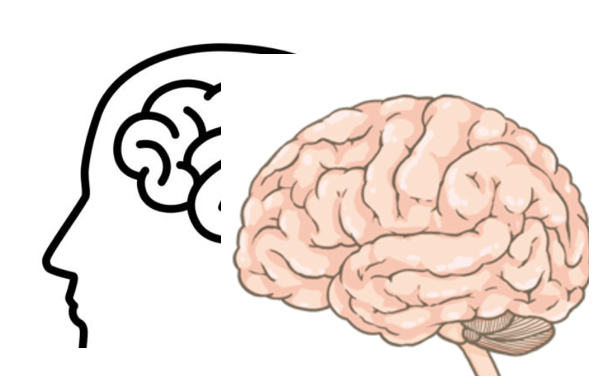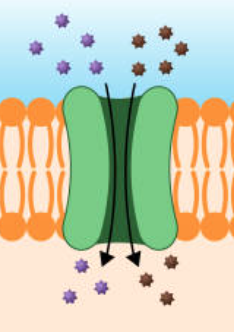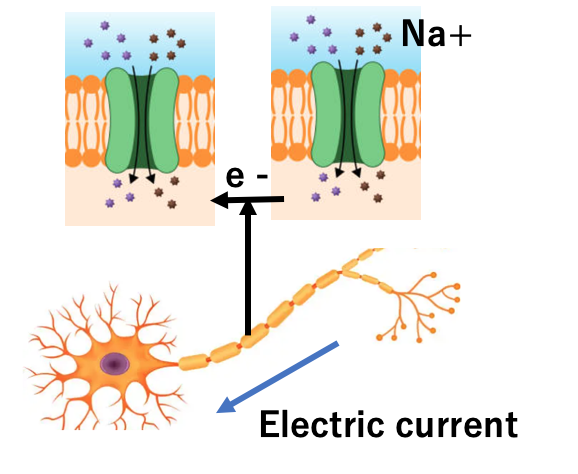
What can be done to prevent brain aging?
As we get older, our walking speed slows and we react more slowly to people and objects we encounter, increasing the risk of collisions. Everyone experiences this at some point. Everyone knows that this is due to muscle weakness and a decline in brain function. Scientific research is also underway to determine what can be done to combat this decline. Detailed analysis has recently shown that creative experiences, particularly those related to art, can slow brain aging, which we would like to look at here. The paper is titled “Creative experiences and brain clocks” by C. Coronel-Oliveros et al. (C. Coronel-Oliveros et al. “Creative experiences and brain clocks,” Nature communications (2025) Oct. 03)


Fig. Neuronal cell (upper) and ion channel integrated in neuronal cell membrane.(lower)

In this study, brain activity was measured using electroencephalography (EEG) and brain magnetism, which are used as indicators of brain function. The brain is packed with an enormous 15 billion nerve cells, each of which plays an essential role in all our activities, such as moving our hands, smelling, seeing, thinking, and feeling beautiful things. Specifically, when stimuli related to smell, taste, or even danger arrive from around the body, information is transmitted as electricity from sensory cells in the eyes, ears, skin, etc. to the brain, activating each nerve cell and allowing it to recognize the stimulus. Neuronal activity occurs when sodium ions move from the outside to the inside of the cell membrane, generating an electric field (positive on the inside, negative on the outside) inside and outside the membrane, causing a minute electric current to flow continuously within the membrane. This electric current is recorded as brain waves and acts as a signal to the brain. This can be picked up by attaching a device to the outside of the brain. Furthermore, when electricity flows, a magnetic field is generated. This can also be captured as electromagnetic brain waves by attaching a device to the outside of the brain. It is possible to quantitatively determine whether the brain is active or not by looking at the generation and shape of brain waves, and the generation of magnetic brain waves.
In a new study, the brain’s minute electrical currents (brain waves) and electromagnetic waves were measured, and the amount of brain waves and electromagnetic brain waves generated was compared to see how the brains of young and elderly people responded to various stimuli. Specifically, the subjects were dancing the tango, playing the guitar, drawing, and playing video games. In particular, a large number of subjects from different ages and regions of the world were used, and the amount of brain waves generated was compared in accordance with the differences in each person’s past experiences. Naturally, the generation of brain waves and electromagnetic brain waves declines with age. However, in either case, However, people who have prior experience (defined in the paper as creative experience) produce higher brain waves and electromagnetic brain waves than those who do not, indicating that their brains are younger.

Fig. Creative experiences described in the paper by C. Coronel-Oliveros et al.

Fig. Pictures of EEG shown by Dyna-Brain Co.
These results scientifically show that brain deterioration can be prevented by increasing experiences such as drawing, playing musical instruments and playing games. In addition to these creative experiences, factors that support brain function are also closely related to nutrition through daily meals. Professor Taki Yasuyuki of Tohoku University cites proper nutritional intake in addition to daily exercise and sleep as ways to prevent aging. It is well known that the brain shrinks with age, and when MRI scans of the brains of 40-year-olds and 80-year-olds are taken, the 80-year-old’s brain is full of gaps compared to the 40-year-old’s. This is because the nerve cells in the brain have died. However, the surviving parts of the brain continue to function. is largely replenished. Furthermore, recent reports have shown that new brain neurons are still generated even as we age. For this reason, in order to stimulate new cells, it is necessary to eat a diet high in protein, take fat-soluble vitamins such as vitamins E and A, and ingest lipids such as unsaturated fatty acids. Specifically, consuming oily fish provides protein and lipids, and walnuts and egg yolks are also recommended. It seems best to eat as diverse a variety of foods as possible.
Cutting-edge life science has identified genes necessary for the generation of new brain neurons. These include the p38 gene discovered at Keio University and the SetD8 gene discovered at Kyushu University and Nara Institute of Science and Technology. By elucidating the functions of these genes, it is possible that new substances that can slow brain aging may one day be discovered.
